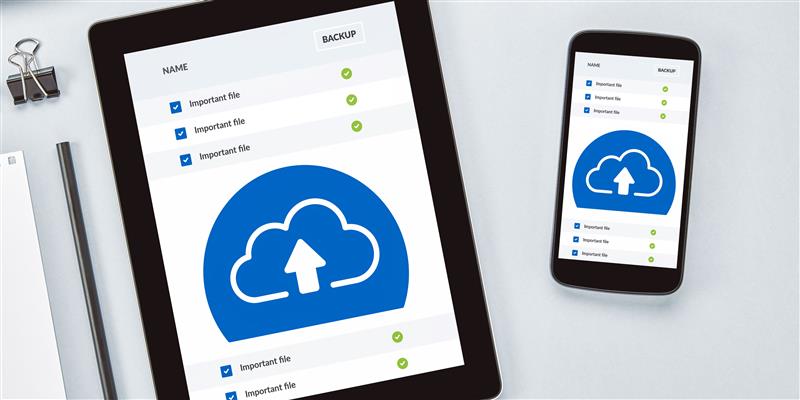In today’s digital landscape, mobile devices have become the primary means of accessing the internet. As we move further into 2025, the importance of mobile-first web design has reached new heights. Here’s why adopting a mobile-first approach is essential for businesses and web developers alike.
The Surge in Mobile Usage
Mobile devices now dominate internet usage, surpassing desktop computers by a significant margin. Over 60% of global web traffic comes from mobile devices. This trend is expected to continue as smartphones become more affordable and internet connectivity expands. Designing with mobile users in mind ensures that your website meets the needs of the majority of your audience.
Google’s Mobile-First Indexing
Google has been prioritizing mobile-first indexing, meaning the mobile version of your website is the primary factor in determining search rankings. If your website isn’t optimized for mobile, you risk losing visibility in search engine results. A mobile-first design helps improve your SEO and ensures that your site ranks well on Google.
Evolving User Expectations
Today’s users demand fast-loading, visually appealing, and easy-to-navigate websites. A mobile-first approach ensures that your design meets these expectations, keeping users engaged and satisfied. By focusing on mobile-first design, you create a seamless user experience that caters to the preferences of modern internet users.
Competitive Advantage
Businesses that embrace mobile-first design gain a competitive edge by reaching customers where they spend the most time—on their mobile devices. It’s not just about meeting user needs; it’s about exceeding them. A well-optimized mobile site can lead to higher engagement, better conversion rates, and increased customer loyalty.
Key Benefits of Mobile-First Design
- Enhanced User Experience (UX): Mobile-first design simplifies navigation, ensures readability, and optimizes functionality for smaller screens. When users can easily interact with your website or app on their phones, they’re more likely to stay engaged and return
- Faster Loading Speeds: Mobile-first design emphasizes lightweight, efficient design elements. Faster loading speeds not only improve user satisfaction but also boost your search engine rankings
- Higher Conversion Rates: When users can seamlessly navigate your site, find what they need, and complete actions—such as making a purchase or signing up—they’re more likely to convert
Conclusion
In 2025, mobile-first web design is not just a trend; it’s a necessity. By prioritizing mobile users, businesses can create websites that are not only visually appealing but also highly functional and user-friendly. Embracing mobile-first design principles ensures that your website remains relevant, competitive, and capable of meeting the evolving needs of your audience.

